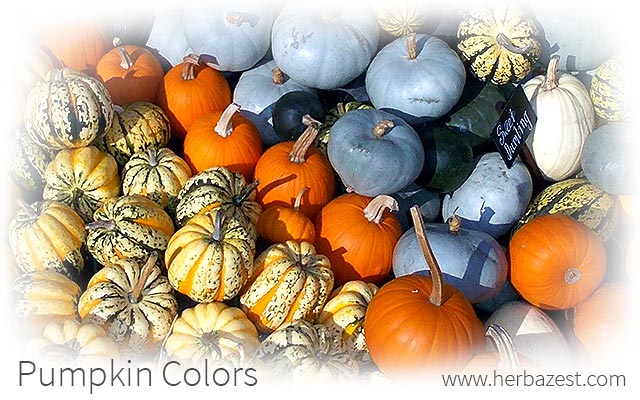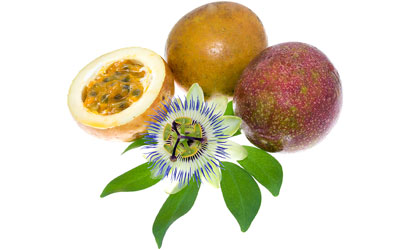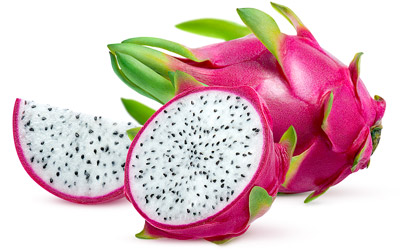Domesticated and cultivated for over 5,000 years, pumpkins actually come in many different colors - usually variations of orange, red, blue, and white - according to the species or cultivar. Their variability makes differently colored pumpkins ideal crops for a wide variety of practical uses in foods, crafts, home décor, and other customs.
Why Are There Pumpkins of Different Colors?
Several millennia of human cultivation of pumpkin have given way to a much wider array of color combinations with various new cultivars. Traced as far back as 5000 BCE, uncovered remains of domesticated pumpkin in Oaxaca, Mexico already reveal some color variations when compared with naturally-occurring cucurbits found out in the wild.
The genetic makeup is what ultimately determines the color of pumpkins. They are the result of both natural and man-made cases of cross-breeding and hybridization, producing green, orange, blue-gray, and yellow pumpkins, sometimes with speckled or mottled stripes and other patterns.
Where Colored Pumpkins Grow
China and India, with light and dark green cultivars being common, are the two leading producers of pumpkins in the world. Meanwhile, Illinois boasts some 90% of all bright orange pumpkin production in the U.S. Blue pumpkins, while less popular, can be found in parts of Australia, New Zealand, and North America.
Where to Find Colored Pumpkins
While many grocers offer orange and some white varieties throughout the fall season, nontraditional colored pumpkins may be purchased from select pumpkin patches and other merchants.
Prices will vary depending on size, shape, and color. For example, certain white and other non-traditional colors tend to be more costly, as the demand for these exotic-looking fruits is higher than the current agricultural supply.
Nutritional Content of Colored Pumpkins
The common field pumpkin gets its distinctive orange color from the presence of beta-carotenes, which are turned into vitamin A in the body to help maintain proper vision and overall health. Though the pigment of certain fruits and vegetables are usually strong indicators of their nutritional content and health benefits, this may not necessarily hold true for all differently-colored pumpkins.
Because pumpkin hybrid cultivars usually maintain at least some characteristics of their heirloom parents, most colored pumpkins' flesh shows some degree of orange and is also high in antioxidants, like vitamin A, as well as in other nutrients, such as potassium, vitamin C, zinc, and dietary fiber.
Uses of Colored Pumpkins
Colored pumpkins are highly valued for the unique advantages they provide for party planners, cooks, and little artists everywhere.
Orange pumpkins remain the standard for jack-o'-lanterns, but they are also used for making pies and delicious stews, while yellow and green pumpkin varieties like the acorn squash and spaghetti squash are commonly stuffed with other delicious goodies and roasted in the oven. Blue pumpkins from Australia also have sweet fillings, and they can be prepared in a number of pumpkin breads and desserts.
White pumpkins are becoming increasingly popular, as their ghoulish color provides a naturally blank canvas, perfect for kid-friendly painting and art projects, and some agriculturalists say their skin is more malleable, so they can be more easily carved for culinary or decorative use. On the other hand, red, blue, and green pumpkins are all sure to stand out in colorful arrangements.
Tracing the origin of all the many colors of pumpkins is not necessarily easy work, but it can lead to interesting new knowledge and unexpected discoveries about pumpkins. The one thing to remember is that no matter the color, all pumpkin plants retain some genetic characteristics of the parent plant. Therefore, what color pumpkins are may not be explicitly indicative of their true nutritional content, nor their overall value.
Sources
- Cultural Evolution: Contemporary Viewpoints
- Missouri Botanical Garden, Gardening Help FAQs
- University of Illinois, Extension, Gardener’s Corner, Pumpkin Facts | Pumpkins and More
- USDA Nutrient Database, Food Composition Databases
- Horticultural Reviews, History of the cultivar-groups of Cucurbita pepo, 2010





